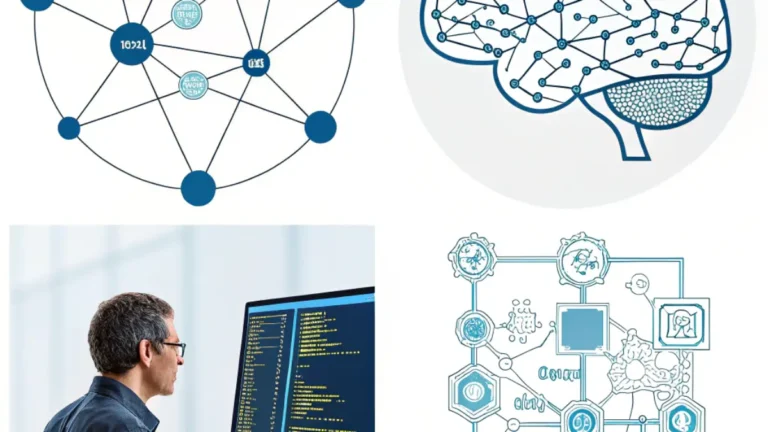
Understanding the Three 10G Options
As the demand for high-speed connectivity continues to rise in modern data centers and enterprise networks, choosing the right 10G interconnect solution has become more critical than ever. Among the mainstream 10 Gigabit options available today, Direct Attach Cables (DACs), 10GBASE-T SFP+ copper modules, and SFP+ fiber optic transceivers each offer distinct benefits and are suited for different application scenarios. Understanding their characteristics in terms of performance, power consumption, cost, and compatibility is essential to make an informed decision that fits your network environment and long-term goals.
DAC: A Simple and Cost-Effective Solution
Direct Attach Cables (DACs) are pre-terminated twinax copper cables with integrated SFP+ connectors on both ends. They are designed for short-distance connections, typically up to 7 meters, and are most commonly used for linking servers and switches within the same rack or adjacent racks. Their key advantage lies in simplicity and cost-effectiveness. Since the cables and transceivers come as one integrated unit, installation is plug-and-play, and there’s no need for separate transceivers or patch cables. Additionally, DACs consume very little power—usually less than 0.5 watts per port—making them ideal for energy-conscious deployments. They also offer ultra-low latency, which is critical in latency-sensitive environments like high-frequency trading or real-time data processing. However, DACs are limited by their fixed length and lack of flexibility in cabling, which can become a constraint in more complex layouts.
10GBASE-T SFP+: Copper Flexibility with Some Trade-Offs
10GBASE-T SFP+ modules are transceivers with RJ45 interfaces that enable 10G Ethernet over standard twisted-pair Cat6a or Cat7 cables. These modules support transmission distances up to 30 meters, allowing more flexibility in rack-to-rack or short-distance room-to-room connections. A major advantage of 10GBASE-T is its backward compatibility and the ability to leverage existing copper cabling infrastructure, which can significantly reduce deployment costs in upgrade projects. This makes it especially attractive to enterprises with extensive legacy cabling. However, this flexibility comes at the cost of higher power consumption—typically ranging from 2.5 to 4 watts per port—due to the complex digital signal processing (DSP) involved. This also introduces slightly higher latency compared to DAC or fiber, which may not be ideal for latency-critical applications such as financial services or cloud-based real-time collaboration.
SFP+ Fiber Modules: Long Reach and Scalability
SFP+ fiber modules are widely used for long-distance 10G transmission and come in various types depending on fiber mode and reach. For instance, multimode options like 10GBASE-SR support up to 300 meters over OM3 fiber, while single-mode versions like 10GBASE-LR can achieve up to 10 kilometers. These modules are ideal for inter-rack, inter-building, or campus-wide connectivity. In addition to offering long reach, they maintain low power consumption—typically around 0.8 to 1.5 watts—and low latency, making them suitable for large-scale, performance-sensitive networks. Fiber modules also offer high scalability and future-proofing, especially as organizations plan transitions to 25G, 40G, or even 100G in the future. However, initial deployment costs are generally higher due to the price of optical modules and the requirement for fiber cabling, which may not be present in legacy environments.
Comparing Key Factors: Power, Latency, and Cost
Power consumption is one of the most practical considerations in modern data center design. DACs are the most energy-efficient, followed by fiber modules, while 10GBASE-T tends to consume the most power due to its encoding complexity. Latency follows a similar trend—DACs and fiber offer consistently low latency, while 10GBASE-T introduces slight delays, which can add up in latency-sensitive environments. When it comes to cost, DACs remain the most budget-friendly solution for short links, while fiber optics justify their higher upfront costs with long-term scalability and performance. 10GBASE-T strikes a balance, offering moderate pricing with the added advantage of reusing existing cabling infrastructure.
Practical Use Case Scenarios
In practical terms, DACs are best suited for top-of-rack (ToR) connections where distance is minimal and cabling is straightforward. Their low cost and minimal latency make them perfect for high-density server environments. 10GBASE-T modules are an excellent choice for short- to medium-range deployments where copper cabling already exists, such as wiring closets, horizontal cabling, or retrofitting older infrastructure. Fiber modules, meanwhile, are the go-to solution for longer distances, cross-floor connections, and backbone networks in larger enterprise or campus environments. They are also favored in data centers that prioritize future scalability and centralized cable management.
Conclusion: Choosing the Right Fit for Your Network
There is no one-size-fits-all solution when it comes to choosing between DAC, 10GBASE-T, and SFP+ fiber modules. Each offers specific strengths depending on your network’s architecture, performance needs, and upgrade plans. DAC is ideal for short, high-density, low-latency deployments. 10GBASE-T provides excellent compatibility and cost-efficiency when repurposing copper infrastructure. SFP+ fiber modules offer unmatched reach, future readiness, and robust performance for complex, high-bandwidth networks. By evaluating factors such as cabling environment, distance, power budget, and application needs, you can select the most appropriate 10G connectivity solution to optimize your network’s performance and efficiency.





